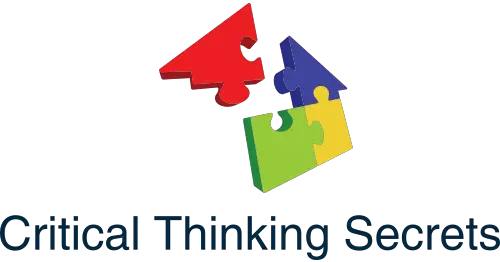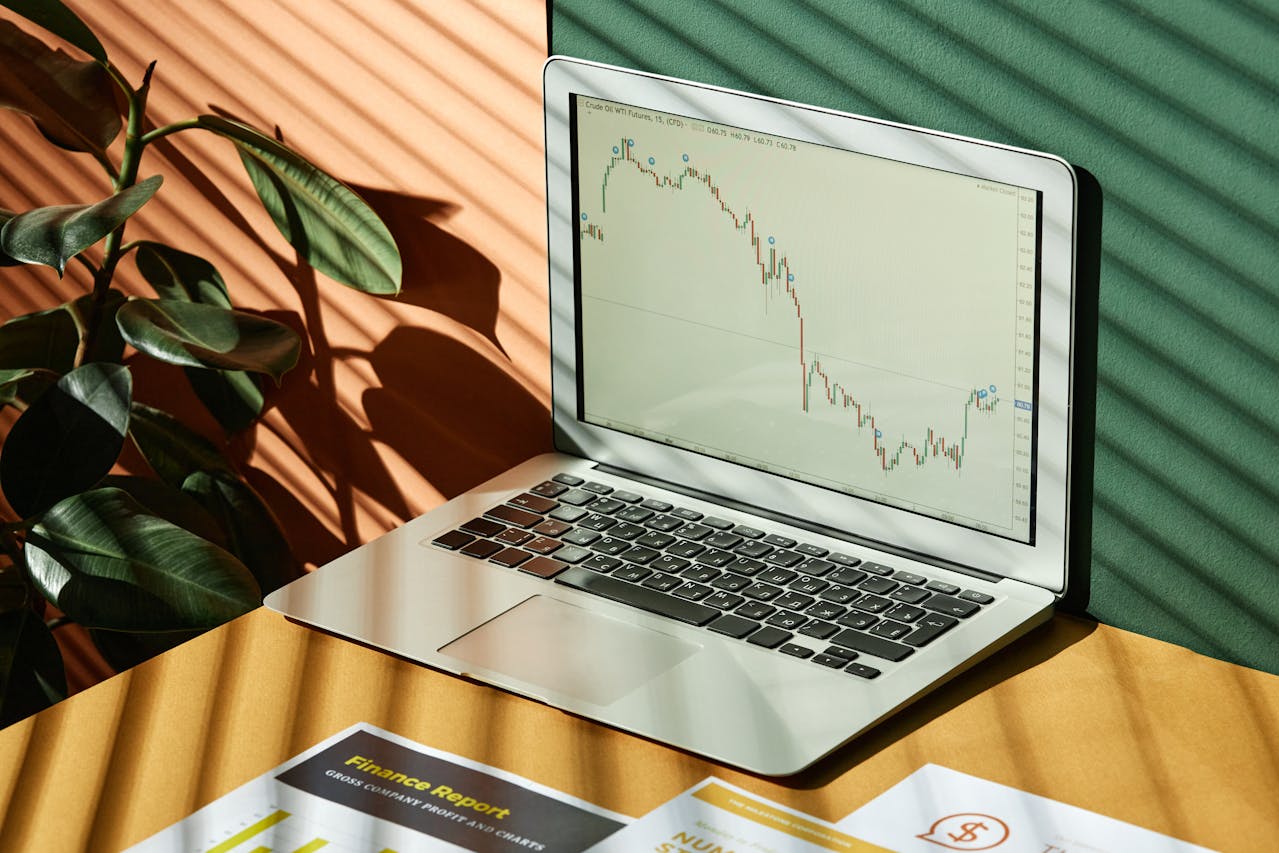Many people notice that arguments online often lack depth and reason. Experts and recent studies say that critical thinking—the skill to analyze information and make careful decisions—is declining in many areas of society.
Research shows this decline is real and appears across different age groups and workplaces as people struggle to think clearly and deeply.

Technology shapes how we process information. Social media and constant distractions make it harder to stay focused and question what we’re told.
Generational changes and rapid shifts in communication also affect how we think. Understanding these changes helps people make sense of today’s world and improve their reasoning skills.
Key Takeaways
- Critical thinking skills are declining according to research and experts.
- Technology and social changes make reflective thinking harder.
- Building critical thinking helps people make better decisions today.
Defining Critical Thinking in the Modern Era

Critical thinking helps people sort facts from opinions, make logical choices, and understand different viewpoints. It is more than solving problems or using intelligence.
People use critical thinking as a set of skills in daily life and decision-making.
What Is Critical Thinking?
Critical thinking means carefully analyzing information and arguments before making a judgment. People who think critically ask questions, look for evidence, and avoid quick or emotional reactions.
They use critical thinking to judge if a claim makes sense or if someone is trying to mislead them. Today, critical thinking also includes spotting fake news, recognizing bias, and checking if a source is trustworthy.
Digital tools and social media make these skills more important because information spreads quickly and can be twisted. A critical thinker asks for proof before believing something and checks the logic of statements.
They try to see issues from different sides to get a fuller picture.
Core Elements of Critical Thinking Skills
Critical thinking involves several abilities. Some key elements include:
- Analysis: Breaking down information into smaller parts to understand it better.
- Inference: Drawing logical conclusions from the data presented.
- Evaluation: Judging if arguments are strong or weak by looking at their evidence.
- Explanation: Clearly stating why a decision or opinion is made.
- Self-Regulation: Checking one’s own thinking for mistakes or bias.
These skills help people avoid common thinking errors. For example, they learn to spot missing information, emotional arguments, or one-sided stories.
As Psychology Today notes, losing these abilities can hurt both personal decision-making and society.
Critical Thinking Versus Problem-Solving and Reasoning
People sometimes confuse critical thinking with problem-solving and reasoning, but they differ. Problem-solving focuses on finding solutions to specific challenges, while reasoning connects ideas in a logical order.
Critical thinking includes both, but it also covers judging the quality of information and arguments. For example, someone might solve a math problem without checking if the numbers make sense or if the question is fair.
True critical thinking asks if the whole situation should be trusted in the first place. Unlike basic intelligence, which is linked to memory and speed, critical thinking is about careful and fair thought.
It relies on reflective habits and open-mindedness more than quick answers. This difference makes critical thinking vital in today’s complex world.
Signs and Evidence of Declining Critical Thinking
Researchers have tracked warning signs that critical thinking may be declining. Changes appear in how people focus, read, do math, and engage with art and literature.
These signs suggest a shift in how society handles complex information and decision-making.
Attention Span and Concentration Trends
Many studies show that attention spans are getting shorter, especially for younger people. Screen time and constant information flow make it harder to focus for long periods.
This leads to shallow thinking and less time spent reflecting on ideas. People also struggle to filter out distractions.
The rise in multitasking links to a reduced ability to analyze and solve problems. According to Psychology Today, deep, careful thought is becoming less common.
Common signs include the need for immediate answers, trouble remembering details, and an urge to avoid anything that takes time to understand. When people lose focus easily, they rarely engage in real critical thinking.
Numeracy and Literacy Changes
Numeracy and literacy form the foundation for critical thinking. Test scores in math and reading have declined in many school systems.
This makes it harder for both children and adults to understand facts, compare data, and spot errors in logic. A drop in numeracy can lead to simple mistakes, such as misunderstanding graphs or missing misleading statistics.
Falling literacy rates mean more people struggle to read long articles or follow complex arguments. Both shifts have been linked with poor critical thinking skills.
People with weaker reading and math skills are more likely to accept bad information or get confused by propaganda. The ability to question claims and look for evidence depends on these basic skills.
Research from the National Endowment for the Arts
The National Endowment for the Arts has tracked habits like reading literature. Their reports show that in the United States, fewer adults read novels, poetry, or plays each year.
The decline is strongest among young adults and teenagers. Reading literature helps people step into the minds of others and think about challenges from different views.
Falling interest in such reading means fewer chances to build imagination and empathy, which help with thinking critically. The National Endowment for the Arts warns that less reading leads to weaker language skills.
When people avoid challenging books, they miss out on new ideas and lack practice in reflecting on what they read. This makes it harder to handle complex problems in work or daily life.
Technology’s Role: Social Media, Screen Time, and AI
Digital technology is changing the way people think, learn, and interact. Tools like social media, screens, and AI make information quick to access, but also change habits around attention, reflection, and reasoning.
Effects of Screen Time on Thinking and Focus
More screen time affects how well people concentrate. Long hours on phones, tablets, or computers bring constant interruptions from notifications or multitasking.
Some studies find that heavy device use leads to less deep thinking and shorter attention spans. Instead of focusing on one task, users switch between apps and tabs.
This habit makes it harder for the brain to process complex ideas or reflect deeply. Children and teens are especially sensitive to these effects because their brains are still developing.
Regular screen use shapes how they learn to focus and solve problems. Setting clear boundaries, like limiting device use before bed, can help make screen time healthier.
Social Media’s Impact on Critical Thinking
Social media encourages rapid scrolling, short posts, and quick reactions. This environment makes it hard to evaluate information critically.
Misinformation spreads easily, and people might believe false content without checking the facts. Peer influence on social platforms is strong, and users may feel pressure to agree with popular opinions instead of thinking independently.
Some research shows that social media use links to less reflective thinking and more emotional responses. On the positive side, social media can expose users to new ideas and different views.
However, fast-paced, opinion-heavy content limits thoughtful discussion and careful analysis. More details appear in this review on the cognitive impact of social media.
The Influence of AI on Cognitive Development
People now use AI tools, such as chatbots and writing assistants, for research and homework. AI can save time and help with tough questions, but many worry that users rely too much on these helpers.
Studies found that overusing AI might lead to weaker critical thinking. When technology answers complex questions, people may not practice important thinking skills or learn how to solve problems on their own.
Younger users risk missing out on skills they need for school and daily life. Limiting AI use, or using it to support—not replace—reasoning and problem solving, helps support healthy cognitive growth.
Some experts explain that regular dependence on these tools means users “offload” their thinking to machines instead of developing their own abilities.
Generational Perspectives and Societal Factors
Trends in critical thinking appear across different age groups and reflect recent global events. These changes affect how people make decisions, solve problems, and interact in society.
Critical Thinking in Teens and Young Adults
Studies show that many young people, especially from Generation Z, face unique challenges with critical thinking. Social media creates fast information cycles, which can limit deep analysis and reflection.
Some experts note that critical thinking skills are declining, especially in Gen Z. Heavy reliance on digital platforms can cause short attention spans.
When teens and young adults spend more time scrolling than reading in-depth materials, they lose opportunities to practice critical reasoning. Schools now encourage problem-based learning and hands-on activities to boost these skills.
Educators suggest using real-life problems and group discussions to help Gen Z develop better independent thought and perseverance.
The Impact of the COVID-19 Pandemic on Cognitive Skills
The COVID-19 pandemic disrupted traditional learning and increased social isolation for teens and young adults. Many schools closed or shifted to online learning, which often meant less interaction and fewer chances to practice complex thinking skills.
Extended screen time during the pandemic sometimes replaced activities that require analysis and face-to-face debate. This shift made it harder for some students to engage in deep learning.
A lack of routine and increased anxiety also affected focus and memory. Some students reported more struggles with tasks that require critical thinking and problem-solving once regular schooling resumed.
Addressing the Challenge and Encouraging Improvement
Clear steps and practical ideas help people boost their critical thinking skills. Both everyday habits and formal education play a big role in building the ability to analyze information and solve problems.
Strategies for Reviving Critical Thinking
Setting aside regular time to reflect before making decisions reduces the risk of making quick choices without thoughtful analysis. People who pause to ask questions—such as “What assumptions am I making?” or “What facts support this?”—often make better decisions.
Writing down thoughts in a structured way, like making lists of pros and cons, helps clarify problems. Working in teams can also sharpen critical thinking.
Group discussions encourage people to consider new viewpoints and challenge their own beliefs. People should notice when they rely too much on gut feelings or shortcuts and practice checking facts instead.
Educational Approaches to Enhancing Skills
Schools and universities can use activities that directly teach critical thinking skills and problem-solving. For example, debates, open-ended questions, and case studies let students practice evaluating evidence.
Teachers can encourage students to explain their reasoning, not just give correct answers. Programs can include lessons on how to spot misleading information and recognize bias.
Using real-world examples is helpful, such as analyzing news articles or solving community problems. Different learning methods—like group projects or independent research—each support growth in different parts of critical thinking.
Regular practice and feedback help students improve. They learn more when they correct mistakes and hear how to improve their reasoning in real time.
Frequently Asked Questions
Critical thinking skills are decreasing in several settings, including schools and the workplace. Experts highlight concerns about tech use, changing education methods, and cultural shifts that may affect how people think and solve problems.
What indicators suggest a decline in critical thinking within the workplace?
Managers report that employees rely more on routine processes instead of questioning and improving them. Decision-making can be slower when people avoid analyzing all possible outcomes.
Some businesses notice a drop in original problem solving, creativity, and the ability to evaluate evidence before making choices.
How do examples of poor critical thinking manifest in society?
People may accept unproven claims on social media without checking facts. Misinformation spreads more easily because many do not question what they read or see online.
Public debates can become more emotional and less based on logic or evidence. These real-world examples suggest a decline in critical thinking.
What are the factors contributing to a perceived reduction in student critical thinking skills?
Schools sometimes focus more on memorization than teaching how to analyze or question ideas. Standardized testing may reward simple answers over thoughtful explanations.
Some studies point to less classroom discussion and fewer opportunities for students to solve complex problems on their own. Digital distractions and shorter attention spans also play a role in the decline, as noted by Pursuit.
What do experts mean when they refer to the ‘death of critical thinking’?
This phrase describes a situation where people no longer consider facts or alternative views when forming opinions. Fewer people use logic, evidence, or reasoning in conversations and decisions.
Some experts argue that weak critical thinking leads to poor decision-making, increased division, and difficulty solving everyday issues, as explained by the American Family Association.
How has technology impacted critical thinking abilities?
Easy access to information online can lead people to accept quick answers without deeper research. Social media often favors short posts or headlines over thorough explanation.
Algorithms create echo chambers by exposing users to similar opinions repeatedly. These factors can make it harder for people to practice critical analysis and independent thinking, as discussed by Psychology Today.
In what ways can the decline in critical thinking be counteracted in educational systems?
Educators can encourage students to ask questions. They can also support their ideas with evidence.
Open-ended assignments help students practice analyzing and explaining their reasoning. Group discussions and real-world problem-solving activities give students more opportunities to develop these skills.
Some experts recommend that teachers focus on critical thinking at all grade levels to address the decline in student skills.





